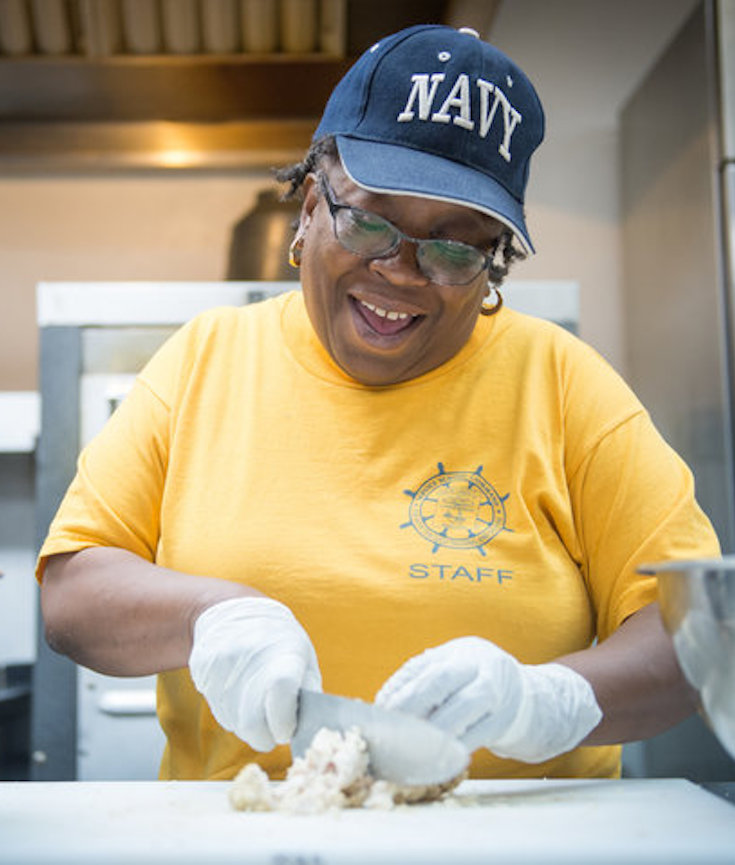[dropcap]This[/dropcap] is the second episode in the HuffPost podcast series “I’m Still Here” that visits communities whose tales of adversity have put them on the map and explores what “survival” in America really looks like. In this episode “One Step Forward, Two Steps Back,” host Zeba Blay travels to St. Louis and Ferguson to talk with the activists and organizers still fighting for equality
[mc4wp_form id=”6042″]
***
There was one name that came up repeatedly the week I visited Missouri to learn about what life in Ferguson and St. Louis was like three years after the death of Michael Brown. While there, I had conversations with local activists like Brittany Ferrell, photographers who had documented the protests like Mike Thomas and representatives of the then just weeks-old Ferguson Community Empowerment Center. When discussing those who have continued the fight in Ferguson and St. Louis the one name I heard again and again was Mama Cat.
If you followed the Ferguson story closely, you may have heard of Cathy “Mama Cat” Daniels. The 55-year-old resident of Florrisant, Missouri became a fixture on the front lines of the protests in both the wake of Michael Brown’s death, and in the non-indictment of officer Darren Wilson.
 Michael B. Thomas, Huffington Post | Credit
Michael B. Thomas, Huffington Post | Credit
NATIONAL MUSEUM OF AFRICAN AMERICAN HISTORY & CULTURE | WASHINGTON, DC
The National Museum of African American History and Culture is the only national museum devoted exclusively to the documentation of African American life, history, and culture. It was established by Act of Congress in 2003, following decades of efforts to promote and highlight the contributions of African Americans. To date, the Museum has collected more than 36,000 artifacts and nearly 100,000 individuals have become charter members. The Museum opened to the public on September 24, 2016, as the 19th and newest museum of the Smithsonian Institution. (Website).


You must be logged in to post a comment.